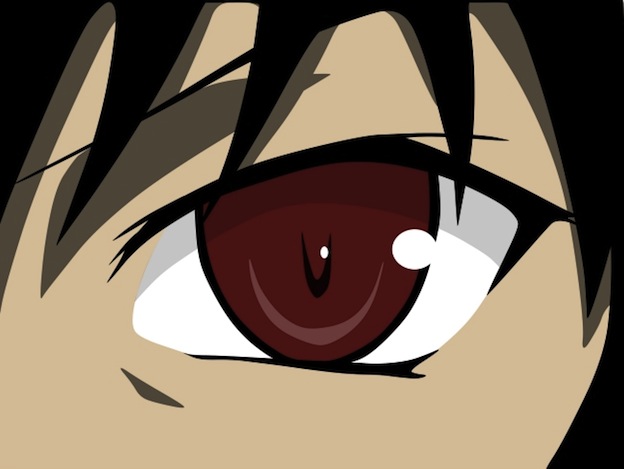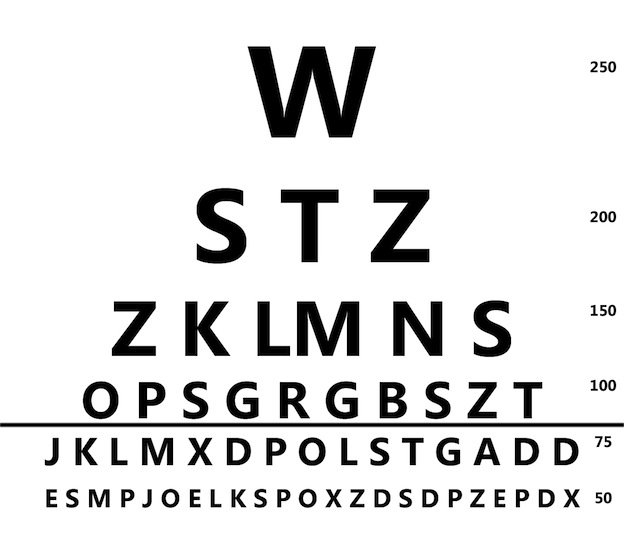SingaporeMotherhood | Preschooler & Up
November 2013
5 Ways to Manage Childhood Myopia

Myopia – or short-sightedness – is so commonplace here in Singapore that most of us parents hardly spend sleepless nights over it. After all, we have better things to worry about. Keeping score with our child’s grades from his latest Math test is already overwhelming enough for us to sprout a few more white hairs. Now, should we really concern ourselves with yet another number – our child’s eye degrees from a recent eye test?
The truth is the prevalence of myopia among Singaporean children is very high, with approximately eight in 10 youths being myopic. While genes may play a part in the development of myopia, environmental factors such as the amount of time spent on near work activities such as reading, working or playing on computers and hand-held games will also contribute to myopia progression.
[banner][/banner]
In fact, myopia is a form of eye disease. It is a condition whereby there is abnormal elongation of the eyeball and stretching of tissues at the back of the eye. The higher the myopic power is, the greater the abnormal elongation of the eyeball.
“The earlier myopia starts in life, the greater the likelihood it will reach severe (800 degrees) and extreme (1,200 degrees) before it stabilises in early adulthood,” eye surgeon Dr Tony Ho, founder of Clearvision Eye Clinic & LASIK Centre and Eye Care Clinic, states. “This occurrence can lead to increased risks of eye disorders such as retinal tear and detachment, myopic macular degeneration, cataracts and glaucoma when the child reaches adulthood later in life.”
Indeed, severe myopia brings about higher risk of complications. Retinal detachment is the condition whereby the retina becomes separated from the eyeball in the elongated myopic eye, which can lead to blindness. Severe myopia can also lead to too much fluid pressure inside the eyeballs, known as glaucoma.
Keeping these risks in mind, here are five tips that will be useful in helping parents manage their child’s myopia.
1. Tell-tale signs of childhood myopia
Your child is probably myopic if he squints often, complains of headaches and eye fatigue, or frequently tilts his head to the side with unusual face turns. Younger children may not know that blurred vision is not normal or may simply choose to ignore it. Thus, as parents, we should be aware of such symptoms and try to rectify the situation as soon as possible. The best way to manage myopia is to detect it early.
2. Bring your child for regular eye examinations
Apart from keeping your child’s myopia progression in check by visiting the optician at least once a year, you should also bring your child to check for childhood problems such as amblyopia (also known as lazy eye) or strabismus (misaligned eyes). This is especially important when they are below five years of age.
3. Eye candies for your child
Choosing a well-balanced diet for your child is of paramount importance as your child’s eyes require essential vitamins that can only be found in certain foods. Food such as carrots are rich in Vitamin A, which the retina needs. Additionally, green leafy veggies like kale and spinach are good for the eyes because they contain lutein. Omega-3 fatty acids from fish such as salmon can also help in strengthening your child’s eyes.
4. Sunny, breezy outings
Bring your child outdoors for picnics, cycling trips, and runs in the evening as natural sunlight is good for the eyes. Natural sunlight triggers dopamine in the retina, which in turn prevents excessive eye growth and myopia development. However, be careful not to expose your child’s eyes to direct UV rays. Outdoor play in the evening will be best as UV rays are significantly less during this time.
5. A few drops away from curbing myopia
Research studies have found that a weekly treatment – atropine eye drops – can help to slow down the progression of myopia in children. This treatment complements spectacle and contact lens usage. The atropine eye drops aim to reduce spectacle power prescription and myopia progression in your child.
Atropine is a naturally occurring medicine extracted from the “Belladonna” plant. Centuries ago, it was used by women to dilate their pupils to make their eyes appear larger and more beautiful. Today, Atropine has many uses in general medicine and ophthalmology. As an eye drop, it has been used for decades to treat certain types of childhood squints and eye inflammations.
INSIGHT – to see and perceive beyond the sense of sight – is a campaign that is dedicated to raise public awareness and empathy for the blind. The campaign is a joint collaboration between Clearvision Eye Clinic & LASIK Centre and the Singapore Association of the Visually Handicapped. As part of fundraising efforts for the blind, Clearvision Eye Clinic & LASIK Centre will be donating 100% of proceeds from sales of the e-book “A Parent’s Guide to Childhood Myopia Control” written by eye surgeon Dr Tony Ho, to the Singapore Association of the Visually Handicapped (SAVH). Each book costs $5 and can be bought here.
Text: Dr Tony Ho, a consultant ophthalmologist and founder of Clearvision Eye Clinic & LASIK Centre and Eye Care Clinic and Jolene Chua, a graduate professional who writes to educate about eye care, eye diseases and vision correction.
Main illustration: Penny Matthews
All content from this article, including images, cannot be reproduced without credits or written permission from SingaporeMotherhood.
Follow us on Facebook, Instagram, and Telegram for the latest article and promotion updates.






